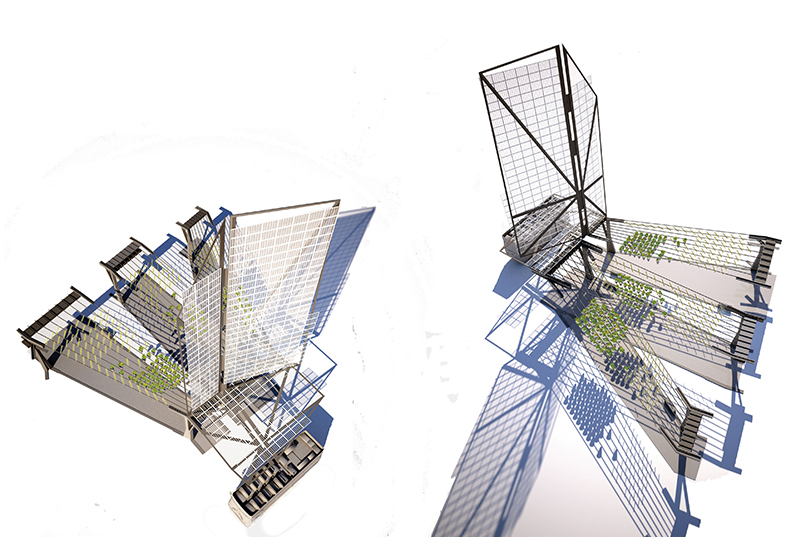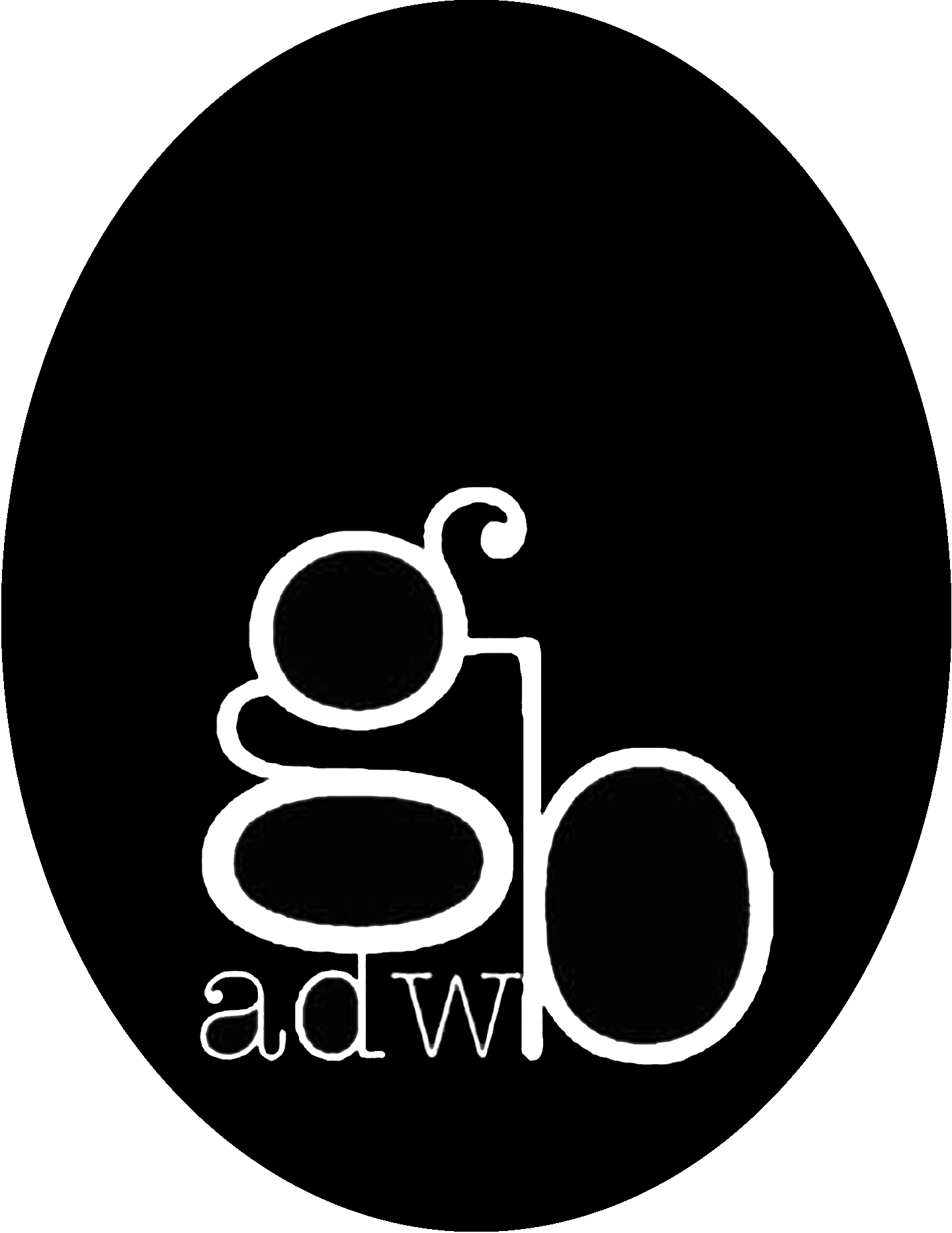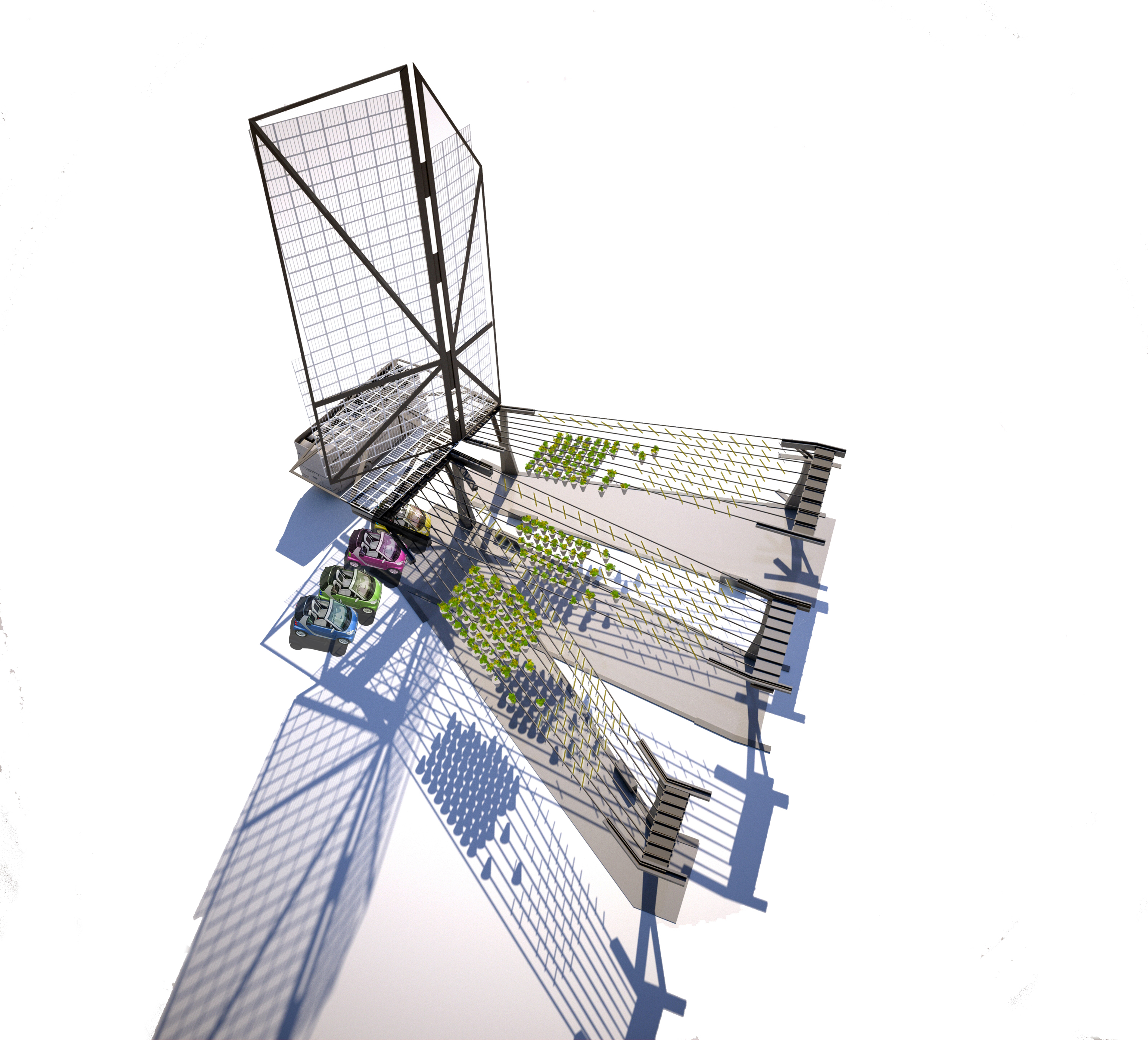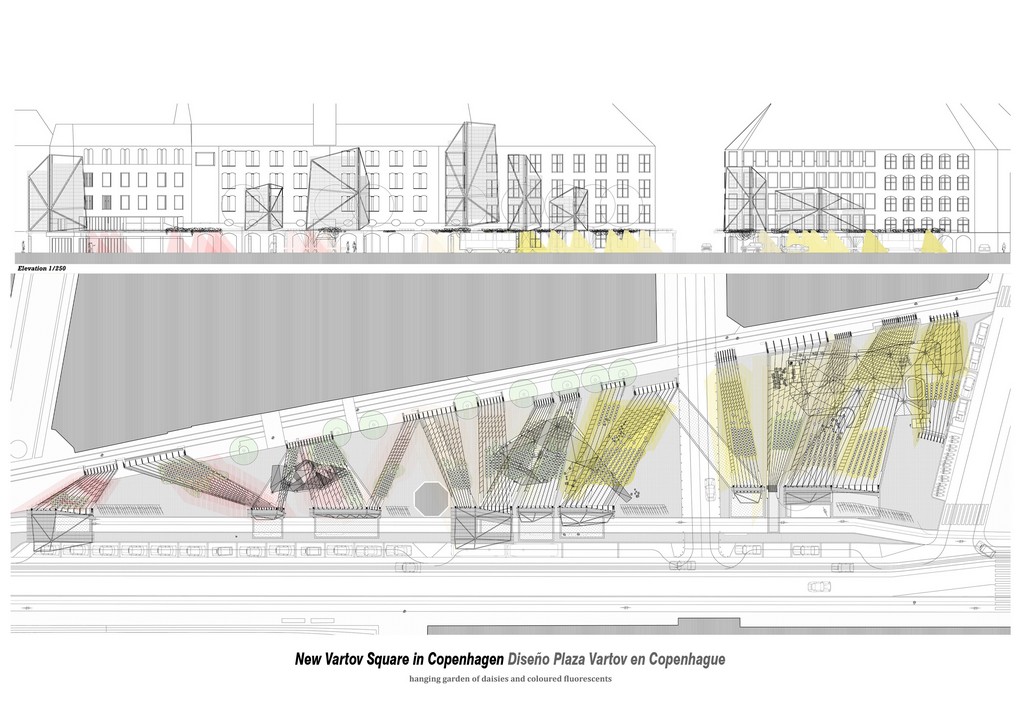
This is a proposal for which we won the Daimler Benz Prize Smart Futre Minds Award. It is a transportation-meeting-informal urban life hub which is placed very close to the most representative public space of the city. A place that is vibrant of everyday life activities, that is astonishingly illuminated , that not only gives service but celebrates the diverse situations that are going to take place in it. Having a packed lunch, waiting for friends, meeting to go somewhere else or waiting for a bus or a taxi are marvellous activities that hundreds or thousands of people will be engaged with in
But also, new things could be added to enlighten the time spent there: why not giving the opportunity for informal events to take place? Why not giving the tools to quickly organize a concert, a theatrical representation, a speech, a puppets show? The problem of vandalism in public services shouldn’t be a reason to impoverish
the use of the public space; it is possible to solve through design the inherent problems of, for example, giving the opportunity to a local band to “plug in “ their instruments to a sound system that is permanently placed in the square. The problem of vandalism of public services would be part of a subsequent stage of design.
The potential to inform thousands of people about environmental issues is an opportunity that should not be neglected. Through the creation of a device that converts wind energy into electric energy to lighten the square people will be able to establish the relationship between the strength of the wind and the intensity of the light that is locally produced. Also, this device would be the first major application in the world of a new system of capturing the energy of the wind called Windbelt.
Finally, the lighting system is colour coordinated with a garden of hanging pots of Marguerite Daisies (Argyranthemum frutescens) the national flower of Denmark (which is where a first prototype was to be placed).
The lighting of the Square is divided in two Systems:
-
Wind responsive lighting device.
-
Basic Lighting to achieve a minimum general lighting condition.
-
Wind responsive lighting device.
This device consists of a series of frames that support Windbelt panels. Each panel is connected to four 25W linear fluorescent lights above the square. There will be regions of the square that will be more illuminated than others depending on the position of the windbelt panel and the power of the wind at a precise moment. The variable intensity of the wind will be visible through the intensity of the light that is emitted in the square, signalling the areas that are more stricken by the wind.
The low energy fluorescent lights are suspended from the steel cable network and are protected with an anti vandalism case. The colour of the light of each fluorescent lamp will vary according to its relative position to the system of Marguerite Daisies that are positioned, also according to their colour in the square, creating an abstract relationship between light, colour and smell..
The Windbelt technology
The dissipation of wind energy into electricity eliminates the negative impact of wind currents in the functionality of the square. On the other hand, thanks to this conversion of energy, the wind will be still visible through light.
The Windbelt™ technology is based in a tensioned membrane (undergoing a flutter oscillation to pull energy from the wind. This relies on an aerodynamic phenomenon known as aeroelastic flutter . Each panel has a series of membranes that oscillate with the power of the wind and transform the energy of the wind into electric current.
Each panel has an electrical conductor and a magnetic field generator which is attached to the membrane and configured to move with the membrane (Fig.4). The vibration of the membrane caused by the fluid flow causes a relative movement between the electrical conductor and the applied magnetic field (Fig.5). The relative movement causes a change in the strength of the magnetic field applied to the electrical conductor, and the change in the strength of the magnetic field applied to the electrical conductor induces a current flowing in the conductor.
Fig.4. Illustration of an exemplary orientation of permanent magnets and the generated field thereof.
The energy produced from the Windebelt panels can be stored in batteries, specially that which is produced during the day. The stored energy can be used to provide power to projectors, screens or any other outputs such as sound systems or any other installation that is necessary for the realization of public activities at the squre.
-
Basic Lighting to achieve a minimum general lighting condition.










